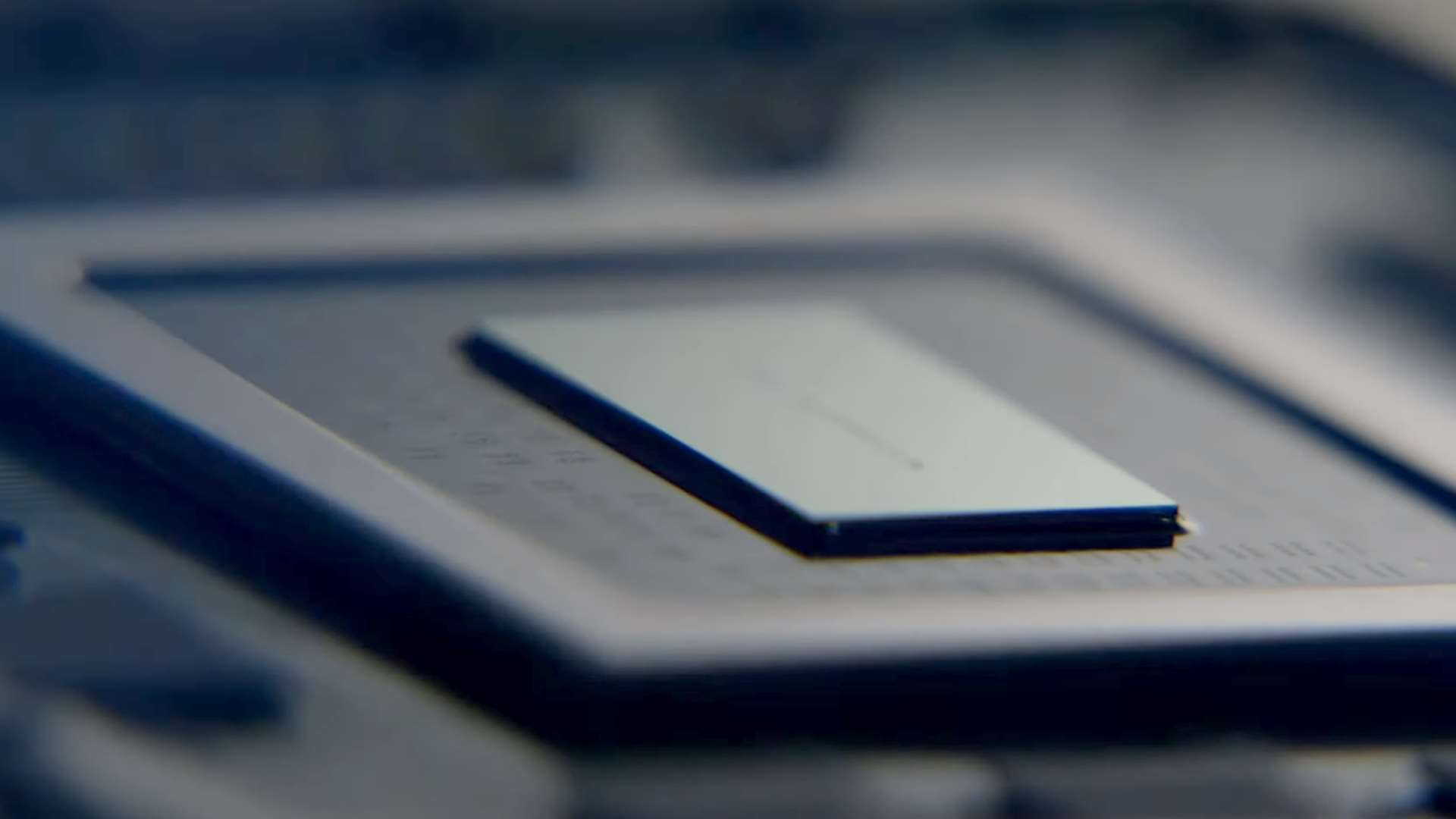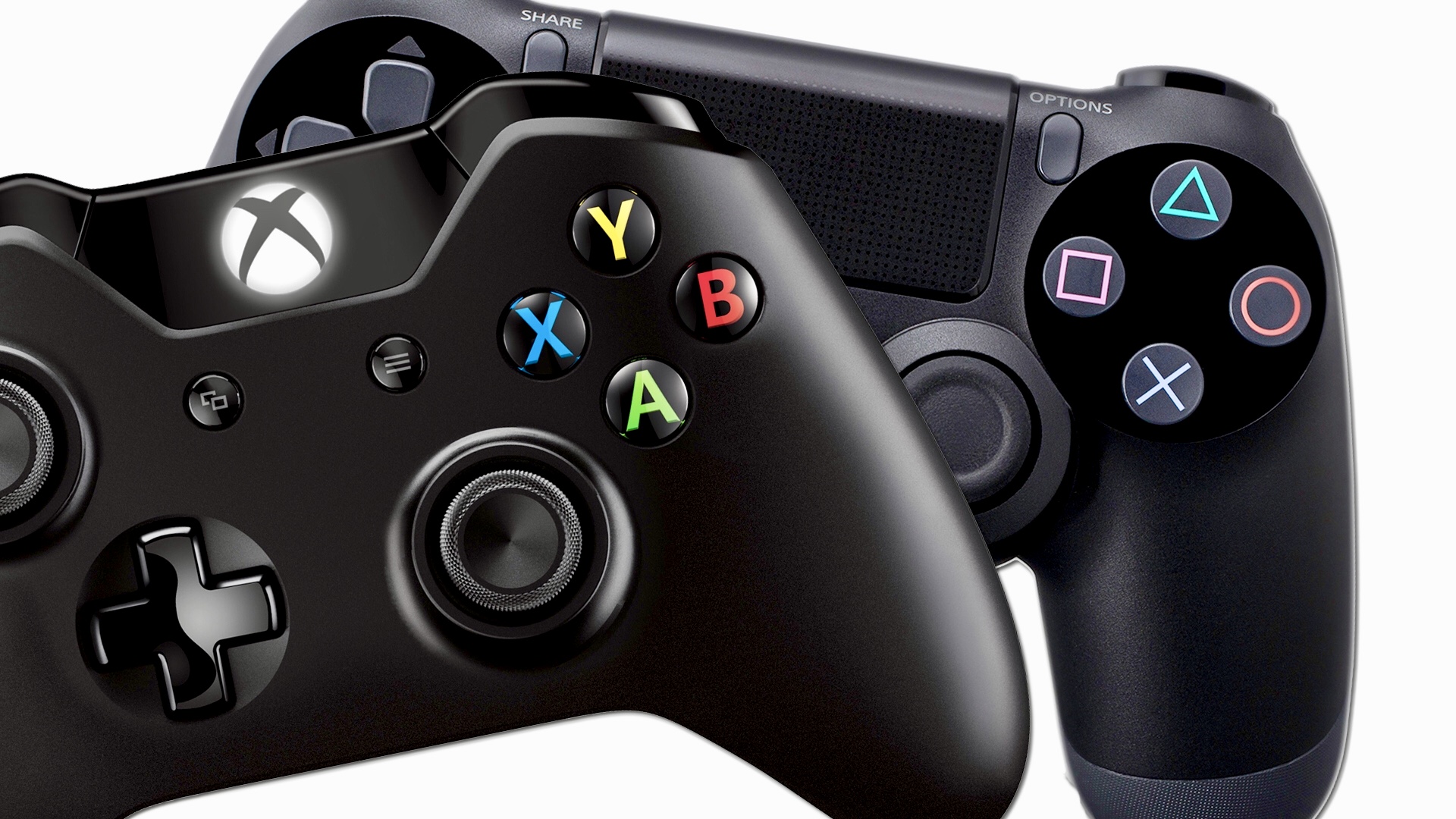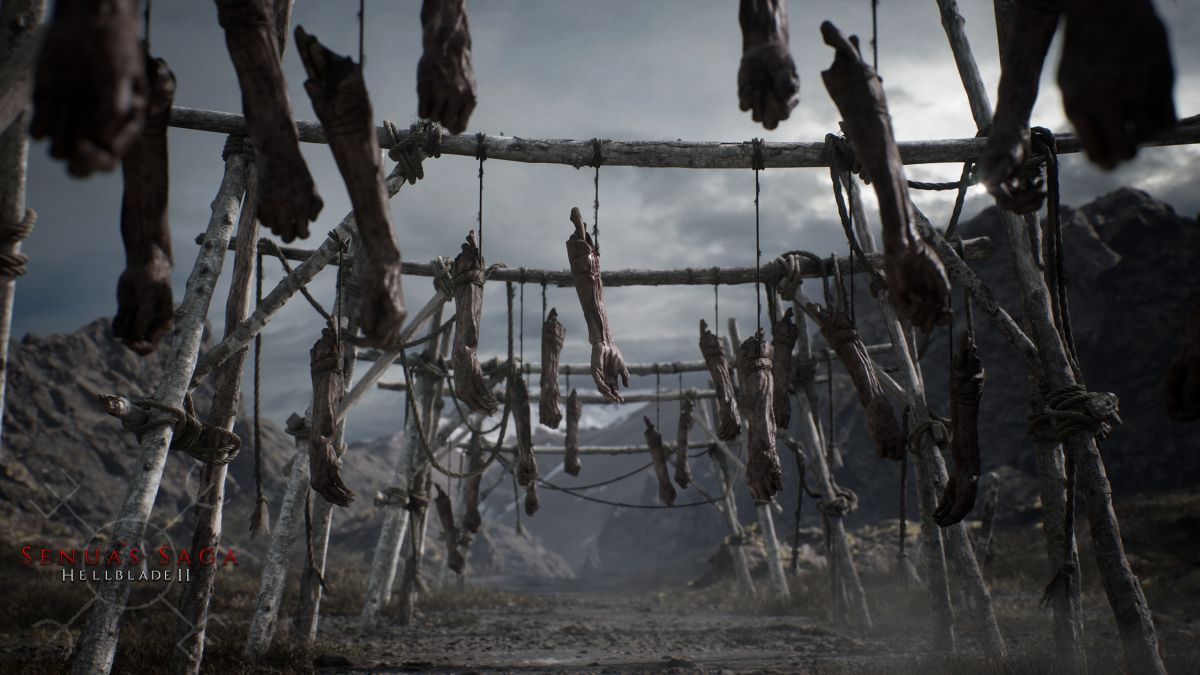
One thing is for certain- based on the specs shared by both Sony and Microsoft, it’s evident that the PlayStation 5 and the Xbox Series X will offer substantially more graphics and processing horsepower than the eighth-generation consoles, whether we’re talking about the mid-generation refreshes or the 2013 originals. An upgrade to in-game graphics is most definitely on the table. This has been amply demonstrated by the ninth-gen in-engine we’ve seen so far. Halo: Infinite, Godfall, and Hellblade 2 all feature visual effects that are well beyond anything we’ve seen till date this console generation.
Moreover, we know that at a technical level, both the PS5 and Xbox Series X will deliver more: this generation’s target is 8K resolution and refresh rates of 120 Hz and beyond. Image quality and the visual composition of a given scene–the mesh complexity, object density, texture resolution, and shader effects–will all be substantially above and beyond what’s possible on the PlayStation 4 or Xbox Series X.
CPU power is the big step forward for ninth-gen consoles
But the question then arises, what else will be different? Arguably, the biggest change moving from the eighth-gen consoles to the ninth-gen consoles is in terms of processing power. The eighth-gen consoles–and their mid-generation updates–were cursed with frankly terrible CPUs. These were built on AMD’s Jaguar microarchitecture, a low-profile design meant for tablets, netbooks, and bottom-of-the-barrel desktop CPUs. To put this into perspective, in 2014, AMD was selling the Athlon 5350 with 4 Jaguar cores for a little over $50.
Sony and Microsoft paired these CPUs with GPUs that were an order of magnitude more powerful. The PS4’s GPU, as a matter of fact, performed on par with the Radeon HD 7870, an enthusiast-level graphics card from 2012, not a bad place to be at all. With the arrival of the mid-generation refreshes, the gap in CPU and GPU power widened even more. The Xbox One X featured a 6 TFLOP GPU that was on par with the RX 580. It was, as a matter of fact, faster than the GTX Titan, the fastest commercially available graphics card in the year 2013, when the Xbox One and PlayStation 4 released. The Xbox One X effectively paired the worst processor of 2013 with a GPU faster than the very best $1000 prosumer option.
While the gap with the PS4 Pro wasn’t quite so great, the overall approach remained the same: pair a genuinely powerful graphics card with a laughably weak processor.
Jaguar CPUs held eighth-gen GPUs back
This top-heaviness had major implications for video game design over the course of the eighth-generation. For starters, it meant that 60 FPS experiences were the exception, not the norm. Even in cases where the GPU wasn’t a bottleneck, the eighth-gen console CPUs simply could not spit out frames fast enough to power 60 FPS experiences. A case in point here is 2014’s Alien: Isolation. On PC this game was a marvel: it looked spectacular and ran smoothly on literally any hardware configuration. GPUs like the 750 Ti, (which is weaker than the PS4’s GPU) had no trouble running the game at a more or less locked 60 FPS. Thanks to their underpowered processors, though, the Xbox One and PlayStation 4 both had to do with a 30 FPS lock, with occasional frame rate dips below.
In more recent years, the Xbox One X has struggled to deliver consistent framerates, too. A game that should have no trouble whatsoever hitting 60 FPS with Xbox One X class GPU hardware at high settings, fails to maintain a 60 FPS lock, even at 1080p.
CPU limitations restricted gameplay innovation
Poor CPU performance has more of an impact than just reducing in-game frame rates. The eighth-gen consoles’ anaemic CPU power has constrained developers, restricting them from truly building on the open-world paradigms introduced in the previous console generation. Early on, developers like Ubisoft experimented with eighth-gen console hardware to deliver gameplay experiences that weren’t possible in the previous generation. Assassin’s Creed Unity is a great example of this. It features a depth of detail and sheer environmental scale that is well beyond anything the Xbox 360 or PlayStation 3 could muster. The game’s crowd simulation system was supposed to be its crowning glory, delivering a true “next-gen” experience. Instead, was the reason why the game became a critical failure. Gamers and critics alike derided Unity for its terrible performance.
On console, framerates often dipped below 20 FPS in areas with high population density. This wasn’t as much an issue on PC: enthusiast 2014 machines were quite capable of delivering a solid experience at 1080p. But on console, the Jaguar CPUs just couldn’t keep up. No game in the mainline Assassin’s Creed franchise since then has delivered the kind of crowd density seen in Unity. Elsewhere, when franchises moved to the eighth generation, graphics improved significantly, but core gameplay mechanics changed very little, if at all. Rockstar’s Grand Theft Auto 5 and Grand Theft Auto 4 offered rich, immersive world simulation on seventh-gen hardware. Even to this day, open-world titles don’t go deeper than these games at a mechanical level. The simple reason behind this is that the eighth-gen consoles don’t have the processing power to enable deep, immersive gameplay experiences. This is where the ninth-gen consoles come into the picture.
Zen 2: A generational upgrade to CPU power
The CPU upgrade on both the PlayStation 5 and Xbox Series X is nothing short of generational. Both consoles will be utilizing octa-core AMD processors based on the Zen 2 architecture. These will not only be clocked over twice as high as the eighth-gen consoles, they offer nearly double the IPC. This translates into over 4 times the raw CPU power. What can developers do with these additional resources? What will they do? Looking at the Hellblade 2 demo, it’s possible to get a rough idea of some of the ways developers might tap into the ninth-gen consoles’ CPU prowess. The trailer showcased distant shots with next to no LOD scaling, an impossibility on current eighth-gen platforms.
Minimal LOD scaling
For starters, LOD scaling and “popup” will likely become far more subtle or be removed entirely. Open world titles on the PlayStation 4 and Xbox One depend on aggressive LOD scaling and culling in order to render large, open environments at a more or less acceptable framerate. There are only so many objects and interactions that the console CPUs can track onscreen at one time. This means that assets in the mid and far distance are either simplified or removed from the scene entirely, only to reappear when the player gets closer to them. Popup is very noticeable and can completely break in-game immersion: it doesn’t matter if Kingdom Come: Deliverance’s Bohemian forests look lush up close if the PS4 and Xbox One render 2D tree billboards at a medium distance because of CPU limitations.
A combination of a very fast SSD storage–which minimizes asset load times and much more powerful CPUs will enable developers to minimize LOD scaling and unsightly popup in ninth-gen open world games. Environments will look pristine and detailed well into the far distance.
Advanced Physics and dynamic environments
Physics interactions will likely also be much-improved thanks to the added CPU power. Most eighth-gen games implement ragdoll physics for in-game models and limited, macro-scale destructibility. Most environmental assets are static. Asset culling due to CPU limitations means that even decals–like bullet holes–often fade quickly. In the ninth-gen, we expect more games to feature granular environmental destructibility. This will fundamentally change the way first-person shooters play. Battlefield: Bad Company and Battlefield: Bad Company 2 gave us a brief taste of what this would be like: fully destructible, dynamic cover that makes for emergent experiences: linear FPS corridors will turn into miniature physics sandboxes. Increased environmental dynamism would mean that scripting also becomes more complex.
Complex AI interactions and procedural generation
We expect the ninth-gen consoles to leverage advanced AI solutions for more dynamic NPC behavior. In-game AI hasn’t improved much since the seventh-gen. F.E.A.R, an FPS from 2005, still features more complex AI than the majority of eighth-gen titles. Advanced AI is something we will very likely see. Apart from more dynamic behaviors in action sequences, we expect advanced AI to make NPC interactions more meaningful. Context-aware NPC characters could generate unique conversation on the fly–going far beyond a selection of two or three canned responses. Quests and even environments could be implemented using advanced procedural generation, allowing for potentially endless replayability.
Conclusion
In the ninth-gen, CPU gains will mean that we’ll finally see games that not only look better, but play better as well. We’ll see gameplay paradigms and a depth of gameplay interaction that are simply not possible on existing console hardware. This could even lead to the development of entirely new sub-genres. We’re certainly excited to see what the future holds.

















